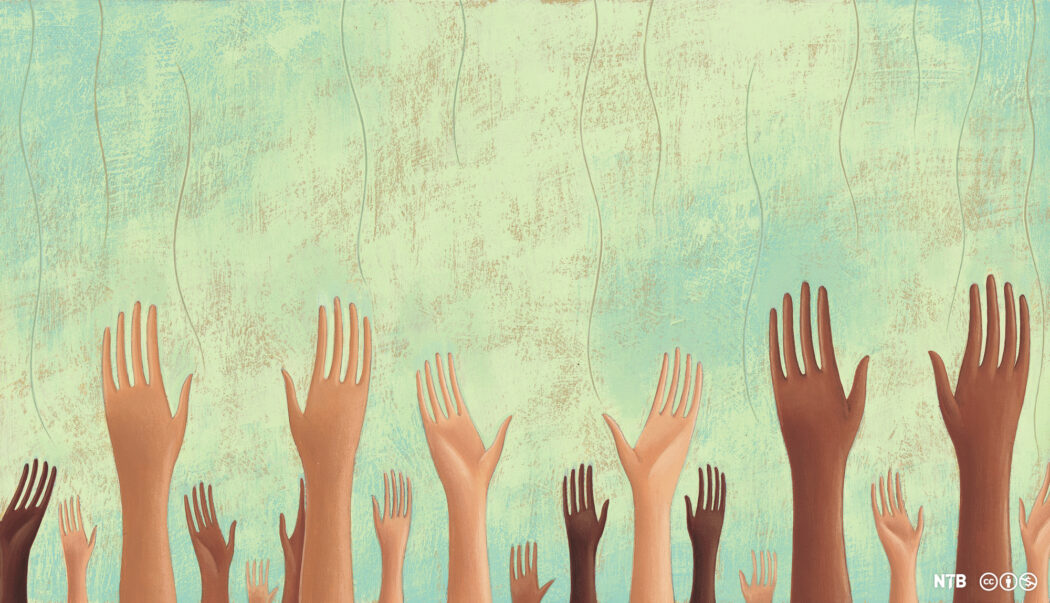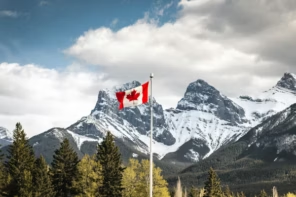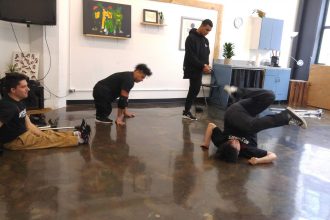I learned about Black History Month fairly young. For as long as I can remember, every February my teachers delved into the important injustices and racism faced by Black people. More often than not, these lessons and stories would be shown to us through books based or inspired by real events. Through the eyes and experiences of the protagonist, I learned about the injustice and dehumanizing abuse inflicted upon Black communities. Roll of Thunder, Hear My Cry by Mildred D. Taylor introduced me to the concept of segregation, while To Kill a Mockingbird breached the concept of systemic racism within the judiciary system, albeit through a white lens. I was also taught about the triumphs and successes embedded within Black history. Rosa Parks, Martin Luther King Jr., and Harriet Tubman are associated with tales of resilience, heroism, and Black excellence that are still inspirational generations later. Yet, despite these books and history lessons opening my eyes and many other Canadian students’ to the concept of Black history, their focus on the United States simultaneously conceals Canada’s own dark past.
Many Canadians pride themselves for having an unbiased and international lens on history. We often learned in great detail about significant historical events like European colonialism, the transatlantic slave trade, ethnic cleansing, and cultural genocides –– yet they seem distanced from our own nation. But how accurate of a reflection is this really? While we may have learned about these affairs, the sources and stories we studied never really delved into Canada’s own horrific past. The slave trade, segregation, and civil rights movements are all taught to Canadians primarily through an American lens. The stories we are told rarely mention Canada, and when it is mentioned, the narrative always entertains the same anti-racist and multicultural facade that is so heavily intertwined in Canadian propaganda. A common book that was assigned to middle school children in Ontario is Underground to Canada, a story in which a little girl escapes slavery by coming to Canada through the underground railroad. While this event is historically accurate —almost 30,000 Black Americans were able to escape to Canada through the Underground Railroad —it reinforces the notion to children that slavery, and therefore anti-Black racism, were “American concepts” that did not survive beyond the border. This, however, is far from the truth.
…the narrative always entertains the same anti-racist and multicultural facade that is so heavily intertwined in Canadian propaganda.
Concealed by these American-centric Black history lessons is 400 years of slavery, segregation, and civil rights movements within Canada. These narratives silence the stories of more than 4,000 slaves that existed in Canada from 1629 up until the British Empire abolished slavery in 1834. Slaves in Canada underwent exploitation, dehumanization, physical, sexual, and emotional abuse that often resulted in extreme injury and early death. However, even after the abolition of slavery, discriminatory practices such as segregation and systemic racism persisted within Canada. Legally enforced segregation continued for more than 100 years following the abolition of slavery in Canada. Segregated schools existed in Canada up until the 1980s. Black students were often rejected from Canadian universities or other learning institutions due to their race. Black people faced significant barriers in trying to buy homes or land grants, and if they managed to get them, these properties were often smaller, in poor condition, and segregated from white populations. Many restrictive clauses were in land titles to allow the owner to reject or refuse the selling, renting, or leasing to any racialized person. Labour unions, militaries, restaurants, cemeteries, and many more spaces enforced the legal exclusion and discrimination against Black Canadians for generations. In addition, despite the growing trend of immigration in Canada, Black people were prevented from partaking due to a “white only” immigration policy. Unfortunately, despite segregation no longer being legally enforced, Black people still face significant systemic racism and barriers in many of these same categories today. With this in mind, how then can we possibly call our history unbiased? How can our education system emphasize the atrocities committed during and after the American slave trade, without reflecting on Canada’s participation in the slave trade and racial discrimination? Why is Canada then portrayed as tolerant and progressive? Our history carries the same skeletons of injustice and intolerance that we teach our students to condemn other nations for.
Failing to recognize our anti-Black past enables us to ignore its continued presence in our present day institutions. Our government, healthcare, policing, and education systems were formed amidst a predominantly white and racist Canada. So while Canada’s international reputation—founded in its government’s Multiculturalism Act—may be described as tolerant and welcoming, the reality is far from this. Canada may be a “mosaic” of cultures and ethnicities, but it would be naive to assume that everyone is treated equally. Racial inequalities and structural barriers faced by Black people and other marginalized ethnicities today are actively avoided by our media or schools. Mortality rates for Black Canadians were the highest compared to other ethnicities during Covid-19, and Black Canadians experience higher rates of poverty compared to other non-racialized Canadians. The sad fact remains that we view racism as an “American problem” and hide behind our multicultural propaganda instead of confronting our own shortcomings in racial equality.
Our history carries the same skeletons of injustice and intolerance that we teach our students to condemn other nations for.
Another crucial consequence of concealing Canadian Black history is the stories and successes of activists who rejected the racist status quo and fought for a better, more equal, future. Canadian history is incomplete without the recognition of these central Black figures who have had revolutionary success in inspiring racial justice. Viola Davis Desmond, a civil rights activist, protested segregation in Canada by refusing to move from her seat in a theater, which had been reserved for white people. Dr. Clement Ligoure, a doctor who opened up his own medical clinic after being denied a job, operated and saved hundreds of lives following a blast from a naval collision that injured thousands. Jean Augustine was the first Black woman appointed to the federal Cabinet. She is best known for championing and succeeding in getting February recognized as Black history month. These are only 3 of the many Black Canadians who pushed against racism, broke boundaries, and fought for racial equality for future generations. Their names aren’t mentioned nearly enough, their heroism remains concealed by Canada’s refusal to acknowledge their racist past and present.
Canadian history is incomplete without the recognition of these central Black figures who have had revolutionary success in inspiring racial justice
Black History Month is about celebrating the struggles and triumphs of Black people. However, it is also about recognizing the roles our countries had in causing these struggles. Canada participated in segregation. Canada had slavery. Canada has enforced and continues to allow anti-Black barriers to education, healthcare, immigration, housing, and more. Not only do we need to recognize this, but we also need to recognize the triumphs Black Canadians have had in rejecting these racist laws and injustices. The successes of Black Canadians have changed the lives of millions. It is a disgrace to them to ignore the feats they accomplished and the injustices they faced. Furthermore, by ignoring our racist and anti-Black past we blind ourselves to persisting systemic racism and inequality which remains prevalent throughout Canada and is still experienced by Black Canadians.
Happy Black History Month!
Check out some of these sources on Canadian Black history & statistics about anti-Black discrimination today:
- https://humanrights.ca/story/story-slavery-canadian-history
- https://www.thecanadianencyclopedia.ca/en/article/racial-segregation-of-Black-people-in-canada
- https://www.statcan.gc.ca/o1/en/plus/1986-discrimination-against-Black-people-canada
- https://newyouth.ca/en/resources/immigration/more-resources/whats-history-anti-Black-racism-canada
- https://www.canada.ca/en/public-health/services/health-promotion/population-health/what-determines-health/social-determinants-inequities-black-canadians-snapshot.html
- https://www.slice.ca/black-canadians-who-played-a-big-role-in-canadian-history/
- https://thelinknewspaper.ca/article/editorial-honouring-the-hidden-black-gems-of-canadian-history
- https://www.veterans.gc.ca/eng/remembrance/people-and-stories/black-canadians








